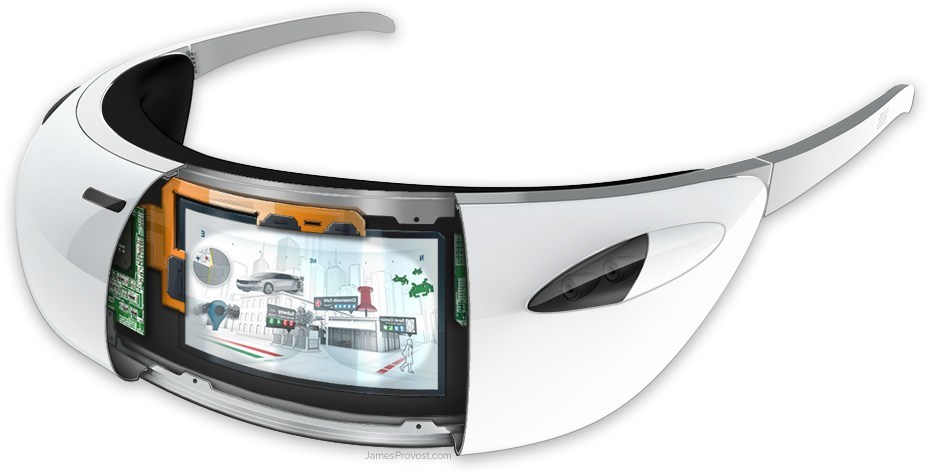Innovation at a glance: here is the surgical navigation by Vostars

The medical acceptance of technologies is a complex process, regardless of the characteristics of the device. Surgery in the last 20 years has undergone an evolution and an incredible revolution in its technological contaminations; doctors are therefore accustomed to a continuous change in the surgical approach deriving from the machines. An important technology, in this area, consists precisely of surgical navigators. On the market there are no wearable navigators for surgery. There is a lot of research on the topic, some groups are developing software parts but mostly relying on headset /viewer already on the market. This allows the development of navigation software that could be very effective, but created starting from hardware not strictly dedicated to surgery and which may therefore have intrinsic limits. This could prevent the effective transfer of technology into clinical practice.
Vostars, on the other hand, also wants to develop the hardware, and thanks to the project, outline the guidelines for the technical features essential to the excellent performance of the tool in the operating room. The Vostars viewer/headset is self-sufficient, while many navigation platforms then need to be supplemented in the operating room.
Vostars proposes a slim viewer, which in the front concentrates all the components, such as cameras that will allow the patient to be tracked and the virtual content to be aligned to the real one, monitors and sensors; in the back there will instead be a handle that will balance the weight of the front, so as to allow a perfect ergonomic balance. The handle will also have two fundamental functions: to manage the inclination of the viewer (to lighten the load on the user’s neck muscles) and also allow a quick lifting in case of need for removal to free the eye of the surgeon. The user interface will be optimized in a second phase. However,it’s still possible to imagine of using voice commands, the surgeon’s gestures, or eye tracking, because they are already existing and easily integrated technologies. For now the team is focusing on software and, just in the beginning phase, Vostars will have an external user interface chaired by a technician, who will support the surgeon in the initial stages to gain confidence with the device.
The image used in this article is an augmented reality visor concept, by James Provost